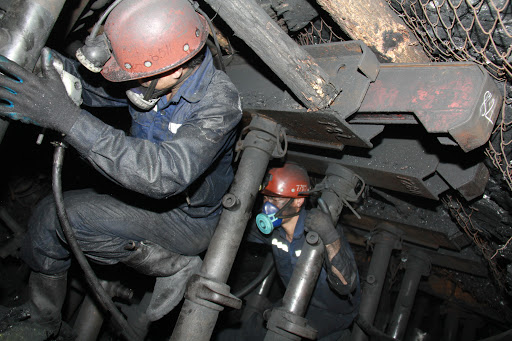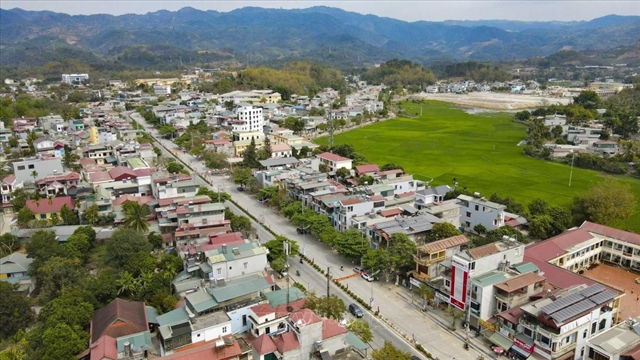 Economy
Economy

As mining activities are seasonal and affected by the weather, revenue and profit of coal mining businesses fluctuate continuously over the past 10 years.

|
| Mông Dương Coal (MDC) achieved profit of VNĐ79 billion in 2010, but by the end of 2020, this enterprise only reported profit of VNĐ27.8 billion. Photo monduongcoal.vn |
HÀ NỘI — As mining activities are seasonal and affected by the weather, revenue and profit of coal mining businesses have fluctuated continuously over the past 10 years.
Vinacomin - Northern Coal Trading Joint Stock Company (TMB) saw an average growth rate of 9 per cent in revenue every year during the 2010-2020 period.
Vinacomin - Coal Import Export Joint Stock Company (CLM) has reported a 17 per cent rise in revenue during the past 10 years, from VNĐ1.6 trillion (US$69.4 million) to VNĐ7.5 trillion.
Hà Lầm Coal (HLC), Vàng Danh Coal (TVD), Hà Tu Coal (THT) and Mông Dương Coal (MDC) witnessed the same average revenue growth in the 2010-2020 period of 6-7 per cent.
Low profits
Despite earning trillions of đồng in revenue, coal companies only achieved tens of billions of đồng a year in profit, with some even suffering losses.
Compared to 2010, the profits of coal companies were almost unchanged.
Mông Dương Coal (MDC) had a profit of VNĐ79 billion in 2010 – the highest in the group mentioned above. But by the end of 2020, this enterprise only reported VNĐ27.8 billion in profit.
Cọc Sáu Coal (TC6) witnessed profit fall from VNĐ67 billion in 2010 to only VNĐ5.6 billion in 2020, the lowest level among the group, although its yearly average revenue is much higher than many other businesses in the industry.
The merger between Cao Sơn Coal (TCS) and Tây Nam Đá Mài Coal (TND) also did not help Cao Sơn Coal improve its profit in 2020, hovering at more than VNĐ54 billion.
Việt Bắc Mining (MVB), which started the equitisation process in 2015, made a breakthrough in profit growth with VNĐ55 billion in 2015, soaring to VNĐ270 billion in 2020, a jump of 37 per cent.
Businesses in the coal mining industry have to confront specific risks such as the reserve of open-pit mines gradually drying up.
Most mines are exploited deep underground, with some at even 300m below sea level. Underground coal mines have higher soil removal costs compared to open-pit mines, which leads to less competitive coal prices.
Mining activities are seasonal and affected heavily by the weather. Due to the negative impact on the environment, taxes and fees for the coal industry are always high and tend to increase.
However, if comparing coal stocks, it can be seen that there are still good stocks with low price-to-earnings (P/E) rates and high dividend payout ratios.
Leaders of Việt Nam National Coal and Minerals Group (Vinacomin or TKV) said that the coal industry was facing many difficulties due to the impact of the COVID-19 pandemic, which has caused millions of tonnes of coal residuals at the yards and warehouses of TKV.
They said the coal demand for the economy in 2021 will not grow much, staying at the same level as in 2020. In addition, the mining conditions are increasingly difficult due to the rising depth underground, hampering the transportation process. — VNS




